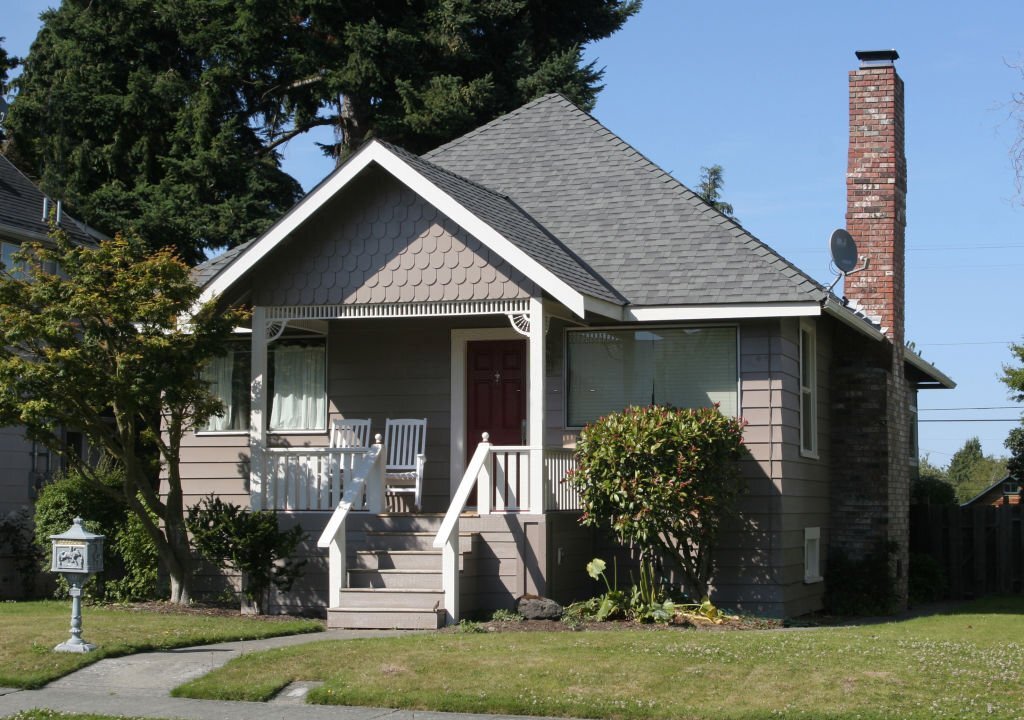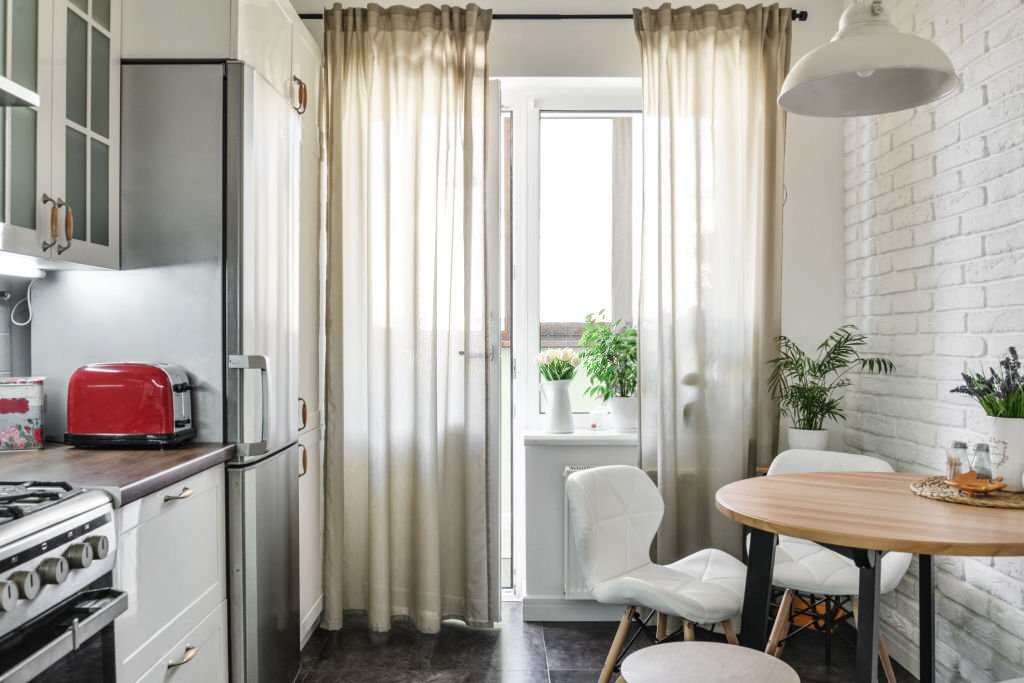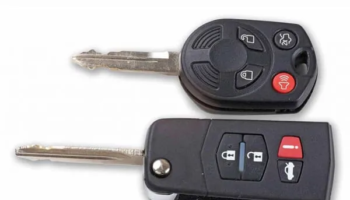A mini home, also known as a small modular home, is a type of prefabricated dwelling that is typically built off-site and transported to its final location in pieces. Mini homes are typically smaller in size than traditional homes, with most ranging from around 300 to 1,000 square feet in size. They are an increasingly popular alternative to traditional homebuilding due to their affordability, efficiency, and quick construction time.
Types of mini homes
There are several different types of mini homes available on the market, each with its own unique features and benefits.
- Tiny homes: Tiny homes are the smallest type of mini home, typically ranging from around 100 to 400 square feet in size. They are designed to be highly efficient and minimalistic, with a focus on using every inch of space effectively. Tiny homes are often built on wheels and can be easily moved from place to place.
- Park model homes: Park model homes are slightly larger than tiny homes, typically ranging from around 400 to 500 square feet in size. They are designed to be used as vacation homes or rental units, and are often found in RV parks or on leased land.
- Micro homes: Micro homes are similar to tiny homes, but are typically larger in size, ranging from around 500 to 1,000 square feet. They are designed to provide all the amenities of a traditional home in a smaller, more efficient package.

Advantages of mini homes
There are several advantages to choosing a mini home over a traditional home:
- Affordability: Mini homes are generally much more affordable than traditional homes, especially when you consider the cost of land and property taxes. This makes them an appealing option for first-time homebuyers or those on a budget.
- Efficiency: Mini homes are designed to be highly efficient, with a focus on using space wisely and reducing waste. This means that they typically use less energy and resources than traditional homes, making them more environmentally friendly.
- Quick construction: Because mini homes are prefabricated off-site, they can be assembled much faster than traditional homes. This means that you can move into your new home much sooner than you would with a traditional home.
- Customization: Many mini home manufacturers offer a wide range of customization options, allowing you to choose the layout, finishes, and features that best suit your needs.
Drawbacks of mini homes
While mini homes have many benefits, there are also a few drawbacks to consider:
- Limited space: Mini homes are, by definition, smaller than traditional homes. This means that there may be less room for storage, guest rooms, and other amenities.
- Zoning restrictions: Some areas have zoning restrictions that may limit where mini homes can be placed. This can be a problem if you want to build a mini home on your own land.
- Resale value: Because mini homes are a relatively new and niche market, it is unclear how they will hold up in terms of resale value compared to traditional homes.
Conclusion:
In conclusion, mini homes are a great option for those looking for an affordable, efficient, and quick-to-build alternative to traditional homebuilding. While they do have some limitations in terms of space and resale value, they offer a unique and highly customizable living experience.






